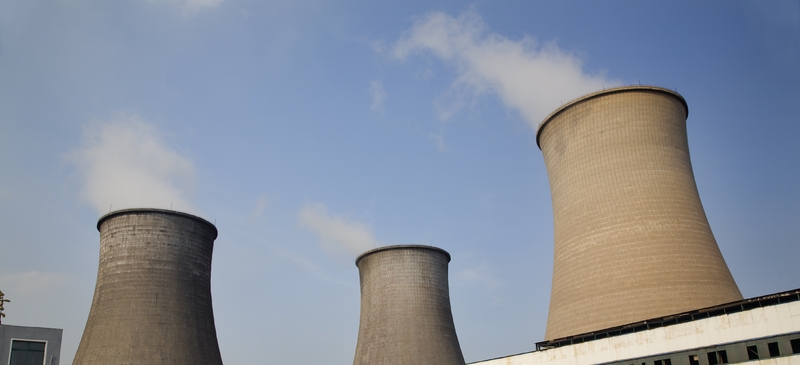
Europe's carbon market needs a policeman
Leaders from across the world met this week at the United Nations in New York to discuss how to combat climate change. Europeans rightly queued up to criticise the US for refusing to cap emissions of greenhouse gases. If the US, with its financial and technological resources, cannot decouple emissions growth from economic growth, there is little chance of persuading the developing world to curb its emissions.
The European Union is justified in claiming leadership on environmental policy. In March, European leaders agreed to cut EU emissions of carbon dioxide by 20 per cent by 2020, rising to 30 per cent if other countries step up to the challenge. This is great news as far as it goes. But setting emissions targets is all very well; the hard part is putting policies in place to meet them. In the EU's case, there is also the tricky issue of distributing the EU's overall emissions target among its member states.
Emissions trading is a crucial element of the EU's drive to cut greenhouse gases. It works by setting a limit on emissions of carbon dioxide and by distributing permits to emit the gas to polluters. If a company emits more than its allowance it has to buy additional permits. Unused allowances can be sold. Most economists agree that emissions trading is an effective way to meet environmental goals.
But a carbon market is only as effective as the institutions that oversee it. The lack of a strong central authority to administer the scheme and short time frames are fundamental flaws in the current regime. The setting of emissions caps generates fierce lobbying. The European Commission does not have a sufficiently high degree of independence to undertake this task. An interesting analogy is with monetary policy. Nobody would suggest the Commission should be responsible for setting eurozone interest rates.
The first stage of the EU's emissions trading scheme, from 2005 to 2007, has been associated with exceptionally low carbon prices and uncertainty over the long-term outlook for them. Companies, however, must be confident they will be rewarded for investing in expensive new technologies. Despite the best efforts of the Commission, the second phase of the scheme, from 2008-2012, will be only a small step forward.
The Commission has taken a tougher line with EU governments, which are responsible for setting their national emissions caps. It rejected plans it considered inconsistent with member states' commitments under the Kyoto protocol. But the overall EU cap for the second phase is too weak to make much of a contribution to meeting the EU's long-term emissions targets. The combined caps represent a 5 per cent decline compared with 2005. But under the UN's so-called clean development mechanism, signatories to Kyoto can earn emissions credits by investing in projects to cut emissions in developing countries. Because the overall cutbacks in the second phase are modest, there is a risk that member states will be able to meet most - if not all - of the reductions in their emissions simply by investing in projects abroad.
The Commission is reviewing the scheme and will publish its conclusions later this year. It should recommend the establishment of two fully independent institutions to run and oversee the scheme.
The first, a European environmental board, should distribute national emissions caps to the 27 member states, allocate permits under the trading scheme, carry out the auctioning of permits and establish strict guidelines for the use of auction revenues. The EU's overall emissions targets and the allocation of permits must be decided on objective criteria - not by political horse-trading. The second institution should be a fully independent, EU-wide regulatory body to oversee the carbon market, a European carbon market authority. This would ensure that trading is transparent and that the market operates efficiently.
The EU will miss a big opportunity if it fails to tackle the institutional flaws that threaten to hold back Europe's carbon market. Largely unnoticed in Europe, things are changing rapidly in the US. There is little prospect of a policy U-turn during President George W. Bush's tenure. But irrespective of the outcome of next year's presidential election, there are now real grounds for optimism that the US will establish a federal emissions trading scheme within the next three years. There is a possibility to link the European scheme with a future US one. A failure to do so would set back the drive to establish a global carbon market.
